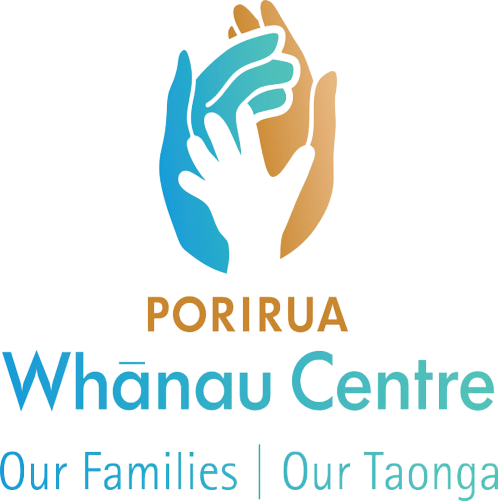Matua Power celebrates Te Wiki o Te Reo Māori with hangi and waiata
This year marked the 50th Te Wiki o Te Reo Māori – Māori Language Week, and kaumātua came together to honour the milestone in a way that reflected both tradition and revitalisation.
As has now become tradition, our kaumātua celebrated with a hangi prepared especially for the occasion.
What began as a one-off idea last year has quickly grown into something the Matua Power whānau look forward to – a chance to share food, laughter, and stories around the warmth of kai cooked in our hangi cooker.
Another tradition is delivering the karakia in the language that’s being celebrated – whether it’s Samoan, Tokelauan, or another of the languages that reflect Porirua’s diversity.
And, obviously, Te Wiki o Te Reo Māori - Māori Language Week carries a special weight.
So, the end of the term’s karakia was a time for kaumātua to honour te reo not just as a language, but as a taonga central to identity and wellbeing.
Part of the celebration also included sharing “Good News” in te reo Māori.
For some kaumātua, this meant speaking confidently in the language; for others, it meant using a few phrases woven into their kōrero.
Either way, the act itself was powerful — a reminder that every word spoken in te reo Māori contributes to its revitalisation.
The end of this term’s Matua Power also had a completely new dimension to it.
Ngāti Toa Rangatira recently launched a powerful waiata learning resource, featuring six original songs performed by Ngāti Toa rangatahi.
Designed to support the revitalisation of te reo Māori, the songs bring the language to life in fresh and vibrant ways.
The Porirua Whānau Centre kaumātua embraced the resource, learning the waiata together as part of their Māori Language Week celebration.
For the programme’s facilitator, TJ Fermanis, the experience was about more than music.
“Revitalising te reo Māori isn’t just about learning words, it’s about making sure our language lives on in everyday life.
“Singing these waiata together shows that the reo is strong, and that it’s something we can pass proudly to the next generation.”
The combination of the hangi and waiata created a celebration that was rooted in tradition.
But it also reflected why Matua Power was created, to keep kaumātua active and engaged, while also ensuring cultural connection and wellbeing remain at the centre.



